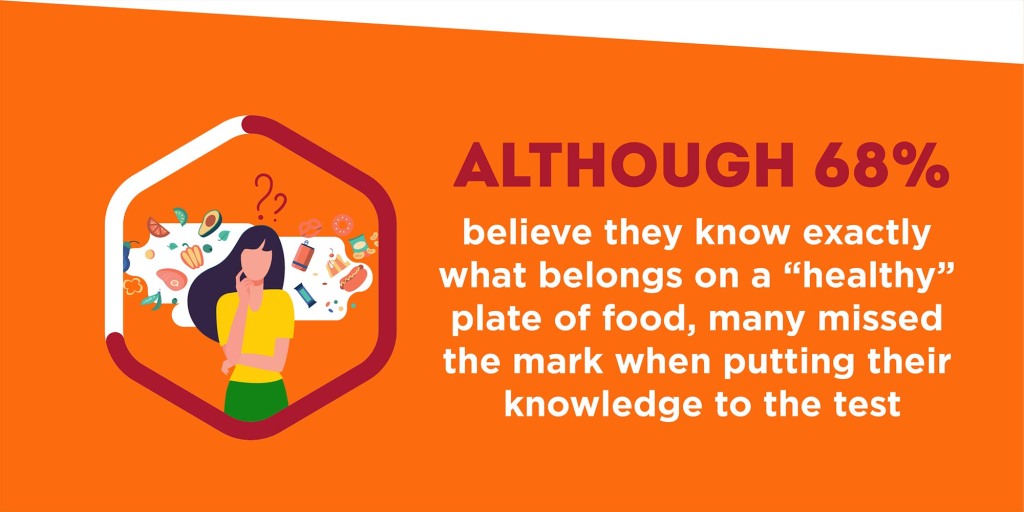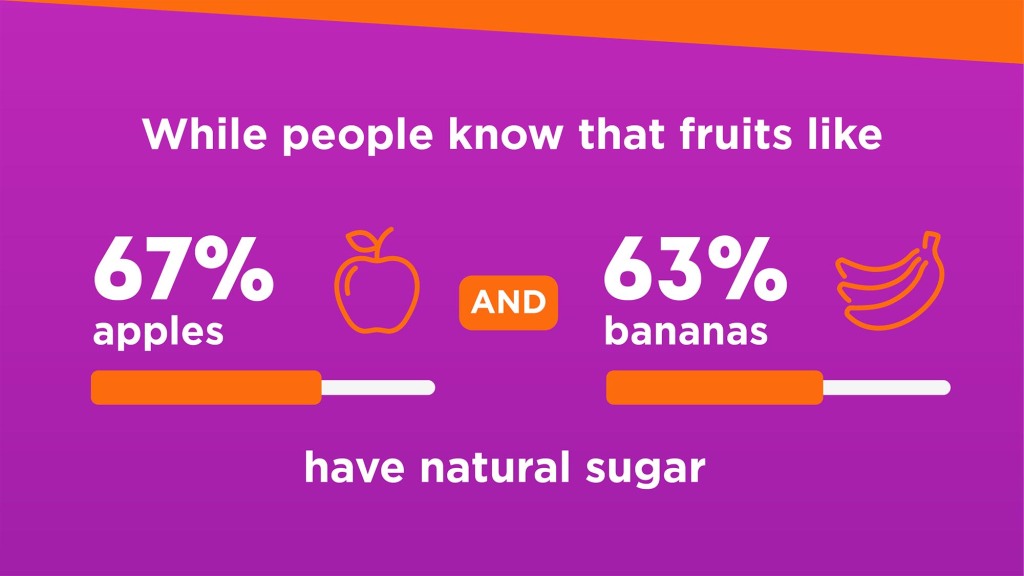Most people think a healthy lifestyle will make them miserable
A clean bill of health comes at a cost: your sanity.
Nearly half of Americans admitted that following a “healthy lifestyle” left them miserable, according to a new poll (48%).
The survey, comprised of 2,000 American adults, revolved around sugar stigma, finding that 49% of the respondents were forced to give up parts of their lifestyles in order to maintain a “healthier” one. Yet, nearly all of them desperately wished that wasn’t so (89%).
But being healthy, according to many participants, meant eating food that’s bad on the taste buds but good for their bodies (59%), which equated to more fruits or vegetables (39%).
While eating healthier might mean you have to ditch the bacon and potato chips, the OnePoll survey, conducted for ONE Brands, discovered people are often misled by believing they have to cut out sugar completely (55%). In fact, 64% of respondents said they try to keep sugar out of their diet.
Respondents believed a person who really lives “healthy” is someone who is knowledgeable about what they’re consuming and works out four times a week (43%), and claimed they knew what exactly should be on their “healthy” plate (68%).
The average person thought their plate should be comprised of 27% protein, 19% grain, 17% fruits, 17% veggies, 10% dairy and 10% fats.
But they were way off.
The US Department of Agriculture’s standard for an ideal plate is broken down as 20% protein, 30% grains, 30% vegetables, 20% fruits and healthy oils, and dairy “in moderation.”
In fact, a chunk of participants didn’t realize that body type (42%), gender (40%) and age (34%) play a huge role when it comes to nutrient requirements.

That might explain why 58% believed they eat “close” to the correct amount of food groups, although the same percentage dished they probably don’t eat as much protein as they should — or vegetables for that matter (63%).
“Everyone’s nutritional needs vary, which can make meeting those goals feel like aiming at a constantly moving target,” Eric Clawson, the general manager of ONE, told Talker News. “By learning about what your body requires to perform at your own optimal level, you can more easily establish and meet those goals.”

The average person claimed they ate less than 16 grams of sugar a day, but the American Heart Association says otherwise. The average adult actually consumes 77 grams of sugar every day, which is nearly triple the recommended dose of 25-36 grams.
In fact, 47% of respondents didn’t realize natural and processed sugars were different. While many knew apples (67%) and bananas (63%) contain natural sugar, they didn’t know celery (39%), lettuce (39%) and cucumber (38%) had any at all.
When reaching for their favorite fruits and veggies at the grocery store, nearly seven in 10 people said they don’t even think about the natural sugars (68%). While 56% of people said they’d probably grab a piece of candy or dessert when their sweet tooth acts up, the same percentage admitted they would consume a piece of fruit if it would curb the craving.
The importance of meeting nutrition goals — and subsequently cutting down on the “unhealthy” foods — directly relates to long-term health. According to the US Department of Health and Human Services, people who overindulge in foods high in processed sugars or saturated fat have an increased risk of obesity, heart disease and Type 2 diabetes, among other health complications.

But eating healthy doesn’t mean choking down heads of ill-flavored lettuce or slurping a tasteless green juice.
“Eating foods that suit your nutritional goals doesn’t have to be a miserable experience. There are great-tasting better-for-you options in grocery and convenience stores across the country that satisfy every craving,” said Clawson. “What’s important is establishing your own personal nutritional needs and learning about the ways that you can stay on top of your goals without compromising on other things that are important to you to make your choices fun.”
Read the full article Here


